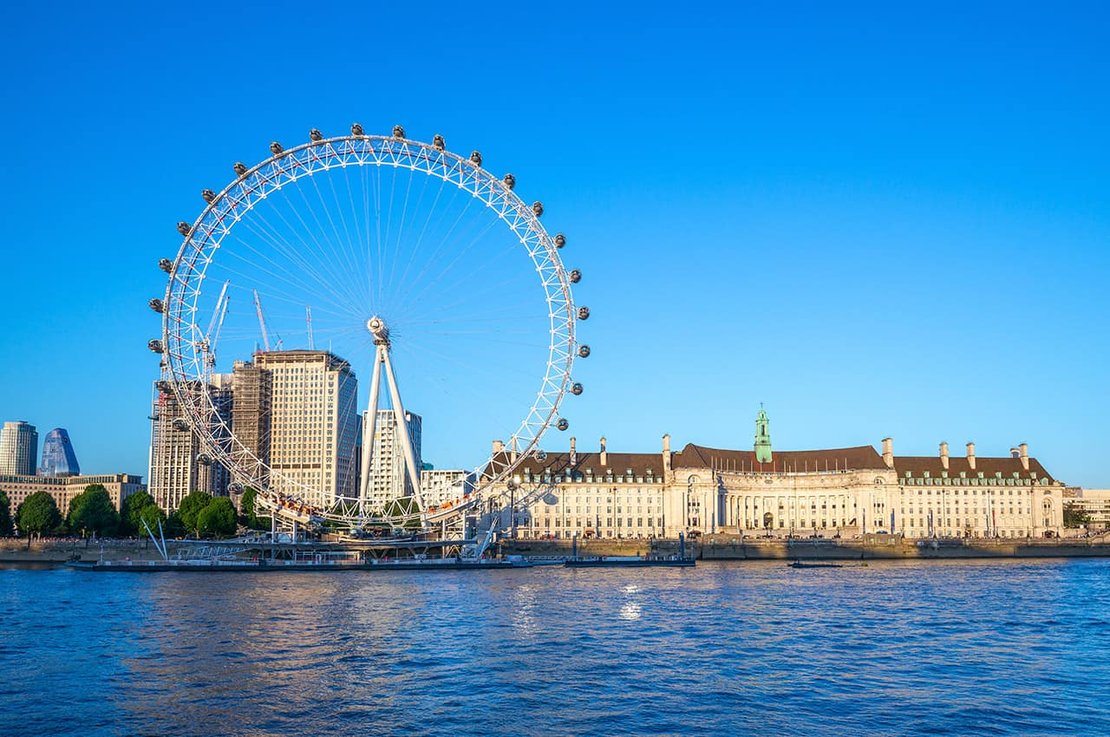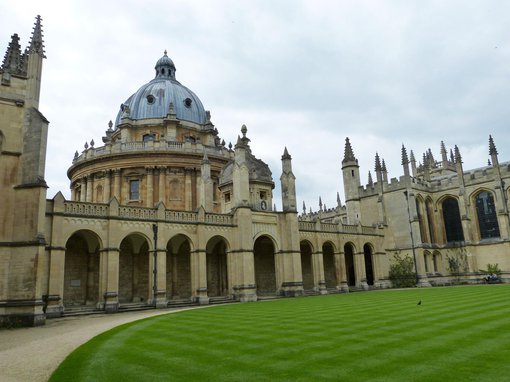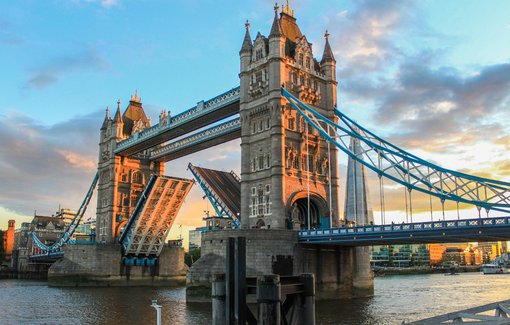Top 10 Things to Do in The UK: Discover the Best of the UK

It's no wonder the UK is a popular tourist destination — beautiful towns, rolling hills, rich history, and spectacular scenery make this island country one of the world's most popular. The UK is home to some of the world's best museums, art galleries, music venues, and theatres.
The countryside is also beautiful, with several castles, historic houses, parks, and gardens. Throw in some spectacular nature and wildlife, and you've got one of the best travel destinations in the world.
Here are the top 10 things to do in the UK:
Visit the British Museum
An architectural wonder and a treasure trove of ancient artifacts, the British Museum houses artifacts in the millions, from the Rosetta Stone to Parthenon sculptures to Mesopotamian objects. Among the best free things to do in London is visit the British Museum, which houses some of the world's finest antiquities. This magnificent museum has over 13 million artifacts from Assyria, Babylonia, Egypt, Greece, the Roman Empire, China, and Europe.
Elgin Marbles from the Parthenon and the Rosetta Stone are among the most famous ancient artifacts. This museum is also home to several outstanding pieces that make it an excellent place to visit in London. The Ancient Egyptian collection is the largest outside of Cairo, and the Mildenhall Treasure, a hoard of Roman silver that was discovered in Suffolk in 1942, is something to behold.
Visit the Tower of London
Known as the most important building in England, the Tower of London has been a prison, palace, treasure vault, observatory, and menagerie at the same time. Visitors to this World Heritage Site will be entertained for hours as there is so much to see and do. Built by William the Conqueror in 1078, the White Tower is the centerpiece of this Thames-side fortress. It hosts amazing exhibits, like the Line of Kings.
Several historic buildings are within its walls, including the White Tower, York Minster, and St. John’s Chapel. Over the centuries, it has been expanded and added to, and today it covers nearly 13 acres. In addition to housing the world-famous Crown Jewels exhibition, the Tower houses the Tower Ravens, a flock of ravens said to protect the Tower.
Visit the London Eye
A giant Ferris wheel offering panoramic views of the city, the London Eye is one of London's most popular tourist attractions. London Eye, also known as the Millennium Wheel, is an architectural, engineering, and design landmark that took hundreds of workers from five different countries seven years to build. On clear days, the London Eye offers an incredible panoramic view of the city and its surrounding countryside. One can see over 24 miles on clear days, though the sun can obscure some parts of London.
Visit Buckingham Palace
From July to October, Buckingham Palace, King Charles III's London home, is open for tours. The tour includes access to the 19 State Rooms where the king and members of the royal family host guests for ceremonial and official functions. Some of the most magnificent pieces from the Royal Collection decorate these rooms, including chandeliers, candelabras, Van Dyck and Canaletto paintings, and exquisite English and French furniture.
In addition to its grand interiors, the State Rooms, where kings and queens have entertained guests on official and ceremonial occasions, are also a museum of history. Prince William and Kate Middleton's official wedding photographs were taken in the Throne Room, which was also the backdrop for their official wedding photos.
Visit Stonehenge
Part of UNESCO's World Heritage Site, Stonehenge is one of Britain's most famous tourist attractions. Stonehenge is believed to have been constructed as far back as 3000 BC, but historians still wonder how it was moved. It would have taken 600 men to move just one slab, which weighed up to 50 tons. This monument commemorates a transformative time in British and European history, when landscape was being monumentalised in new ways as part of a changing relationship between communities and the land.
Several groups of people have modified Stonehenge at different times, but it is still being determined who built it. The site on Salisbury Plain has been used for ceremonial purposes since the Mesolithic era. Archaeological evidence suggests that hunter-gatherers made the first modifications in the early Mesolithic period.
Visit the National Gallery
National Gallery is London's second-most visited museum, displaying one of the largest collections of paintings in the world. In particular, the Dutch Masters and the Italian Schools of the 15th and 16th centuries are particularly strong in the collections, which present an almost complete cross-section of European art from 1260 until 1920. You can find works by Fra Angelico, Giotto, Bellini, Botticelli, Correggio, Titian, Tintoretto, and Veronese in Italian galleries, as well as Leonardo da Vinci's Madonna and Child with St. Anne and John the Baptist, Raphael's Crucifixion, and Michelangelo's Entombment.
Visit London Chinatown
In London, the Chinese culture is well represented in a small but well-defined Chinatown between Theatreland and Soho. Walking through this area for hours looking at bilingual street signs, lion statues, colorful pagodas, and large gates that welcome you into an area full of shops and restaurants is a lot of fun. The area is also home to several hotels and accommodations, as well as several restaurants serving mouthwatering delicacies from China, and you can spend the entire day eating the best food in Chinatown. Food enthusiasts visit the area frequently.
Visit Windsor Castle
An important royal residence, Windsor Castle is located in Berkshire, the county of the British royal family. It was originally built in the 11th century, shortly after the Norman invasion led by William the Conqueror. It has been used by successive monarchs since Henry I came to the throne in 1100, making it the longest-occupied palace in the world.
A battle between the Normans and the English was waged within and around the outer outskirts of London, and the castle served as a watchtower over a particularly strategic part of the Thames River at the time. Now, it serves as a venue for state visits and as a popular tourist attraction.
Visit Warwick Castle
One of the most impressive medieval castles in England is Warwick Castle. If you'd like to travel back in time a few centuries, a visit here is one of the best days out in England. Avon is the river that flows by Warwick Castle, which is located in the historic town of Warwick. You won't be able to miss the imposing towers, the high stone walls, and the tall gatehouse, and as you pass under the portcullis, you'll feel as if you were back in the 14th century.
Initially, the castle was a motte and bailey castle built by the Normans in 1086. Successive kings added towers and bastions, and in the 17th century, large sections were converted to a country house.
Visit The Shard
Located near the River Thames in London Bridge, The Shard, is the tallest building in the UK, with 95 stories. The Shard was designed by architect Renzo Piano and completed in 2012. It houses offices, restaurants, a hotel, and residential apartments, as well as a public observation deck on the 72nd floor. A popular tourist attraction, The View from The Shard, offers panoramic views of London. Visitors can take a lift to the top of the building and see views of the city from 244 meters (800 feet) above.
Related Articles

Welcoming more than 500,000 international students each year, the United Kingdom is a leading destination for international students. There are many things that make English higher education great, starting from its quality that distinguishes among countries in the world to its top-notch universities that provide students with numerous career opportunities for the future.

The application process to each university or each country takes students quite a bit of time. Especially to international students who most probably have a number of additional documents to prepare and submit. The application process becomes even harder if your study abroad destination is the United Kingdom. Universities in the UK are some of the most competitive, and that is why students should start preparing their applications as early as possible.
